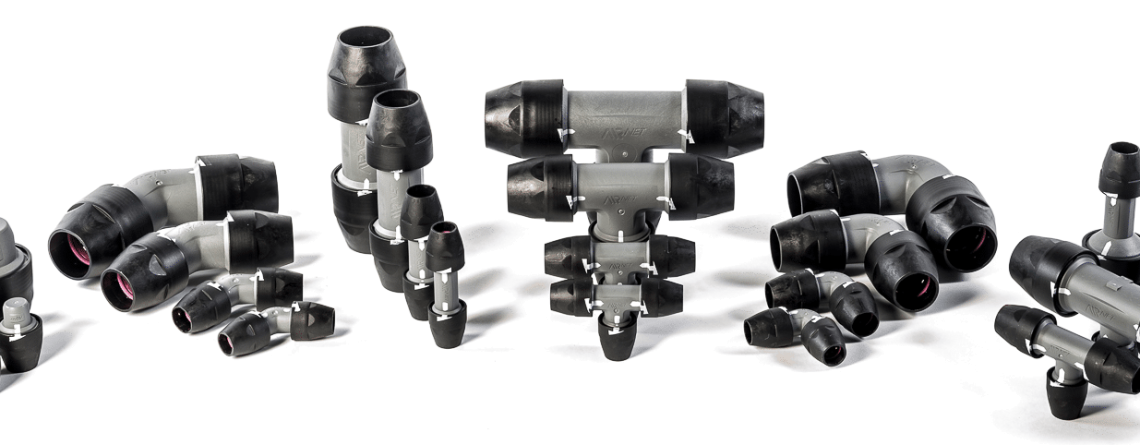Compressed air pipe insulation
Compressed air pipe insulation is a valuable practice that helps improve the energy efficiency and performance of a compressed air system. Insulating the pipes helps prevent heat transfer and reduce condensation, resulting in several benefits, including energy savings, improved air quality, and enhanced system reliability. Here are some key points to consider regarding compressed air pipe insulation:Energy Efficiency: Insulating the compressed air pipes helps minimize heat gain or loss. In hot environments, insulation prevents the pipes from absorbing heat from...









